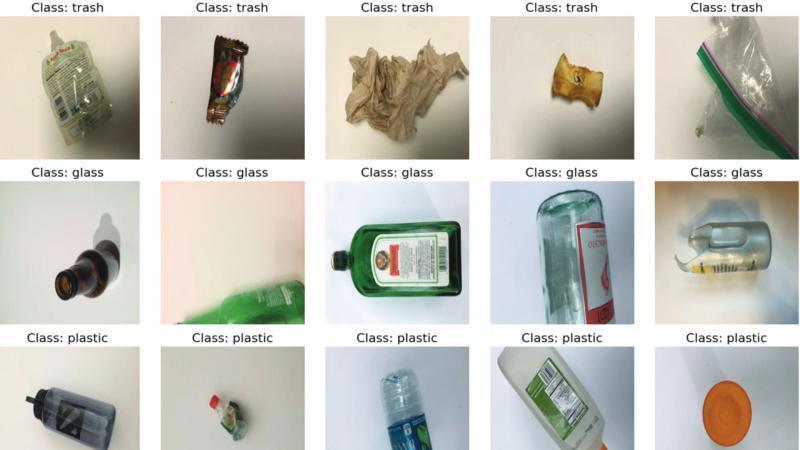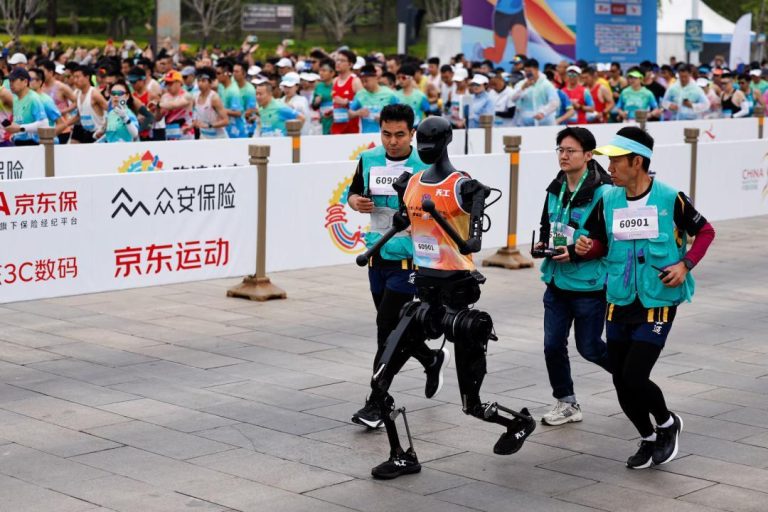
AI-driven Recycling: A Cleaner Future for Cities
As the world grapples with the pressing issue of waste management, researchers have been working tirelessly to develop innovative solutions to tackle the problem. One such breakthrough is the development of an AI-driven smart waste classifier, which has the potential to revolutionize the way we manage waste in urban areas. This game-changing technology uses machine learning algorithms to sort waste with impressive accuracy, paving the way for a cleaner and more sustainable future for cities.
The increasing amount of waste generated by urban populations is a major challenge facing cities worldwide. In fact, the United Nations estimates that the world generates over 2 billion tonnes of municipal solid waste annually, with this number expected to increase to 3.4 billion tonnes by 2050. The urban waste crisis is not only a environmental issue but also has significant economic and social implications.
Traditionally, waste sorting has been a labor-intensive and time-consuming process, relying on manual sorting and categorization. However, this approach is not only inefficient but also prone to errors, leading to contamination and reduced recycling rates. To address this challenge, researchers have turned to artificial intelligence (AI) and machine learning to develop a smart waste classifier that can accurately sort waste.
The smart waste classifier developed by researchers uses a combination of deep learning and traditional machine learning algorithms to sort waste. The system is trained on a dataset of images of different types of waste, including plastics, paper, glass, and organic waste. The AI algorithm uses the VGG16 convolutional neural network (CNN) to process the images and extract features. The output of the VGG16 is then refined using a Random Forest algorithm to improve the accuracy of the predictions.
To further optimize the performance of the system, the researchers used Cat Swarm Optimization (CSO) algorithm to adjust the hyperparameters of the VGG16 and Random Forest models. CSO is a metaheuristic algorithm that is inspired by the behavior of cats searching for food. The algorithm uses a combination of local search and global search to find the optimal solution.
The results of the study are impressive, with the AI-driven smart waste classifier achieving an accuracy of over 90% in sorting different types of waste. This is significantly higher than traditional manual sorting methods, which often have accuracy rates of around 50%. The system is also capable of processing images at a rate of over 10 frames per second, making it suitable for real-time waste sorting applications.
The implications of this technology are significant, offering a promising path toward cleaner cityscapes. By accurately sorting waste, the system can significantly reduce contamination rates and increase recycling rates. This, in turn, can help to conserve natural resources, reduce greenhouse gas emissions, and mitigate the environmental impacts of waste management.
The potential benefits of this technology are not limited to the environmental sector. The AI-driven smart waste classifier can also have significant economic and social implications. For example, the system can help to create jobs and stimulate economic growth by reducing the need for manual labor in waste sorting and recycling. Additionally, the system can help to improve public health and safety by reducing the risk of waste-related diseases and injuries.
In conclusion, the development of an AI-driven smart waste classifier is a significant breakthrough in the field of waste management. The system’s impressive accuracy and speed make it a promising solution for tackling the urban waste crisis. As cities around the world grapple with the challenges of waste management, the potential benefits of this technology are undeniable.
News Source:
https://researchmatters.in/news/new-smart-waste-sorting-tech-could-clean-cities-ai






